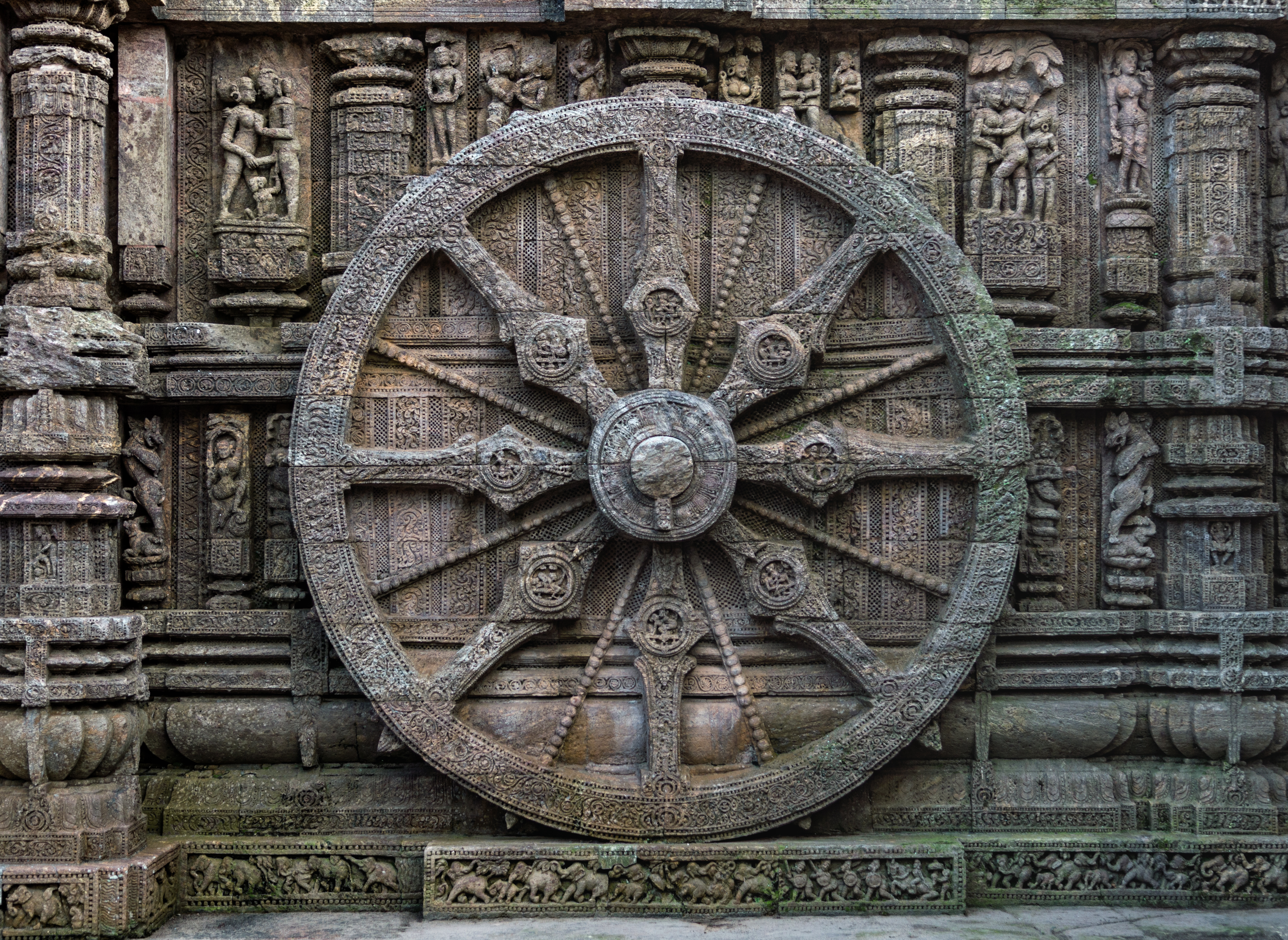The Konark Sun Temple, located in the eastern Indian state of Odisha, is a magnificent example of ancient Indian architecture. Constructed in the 13th century by King Narasimhadeva I of the Eastern Ganga dynasty, the temple is designed in the shape of a colossal chariot, dedicated to the Hindu Sun God, Surya. Its intricately carved wheels, pillars, and walls detail the grandeur of Kalinga architecture, representing the pinnacle of artistic and architectural achievement of the era.
This landmark is not only significant for its architectural beauty but also for its historical and cultural importance. As a UNESCO World Heritage Site, the Konark Sun Temple stands as a testament to the ingenuity and creativity of its designers. The temple also holds great spiritual significance and is a prominent pilgrimage site for Hindu devotees.
Geographically, the Sun Temple is situated near the Bay of Bengal, approximately 35 kilometers northeast of Puri. The region experiences a tropical climate with high humidity, especially during the monsoon season, while winters remain mild and cooler, making it an appealing time for tourists.
One unique feature of the temple is its stone carvings depicting scenes of courtly life, traditional dances, and myriad expressions of life's themes. Notable landmarks within the temple complex include the towering structure known as the Vimana and the intricately carved stone wheels, each of which is over 12 feet in diameter, and symbolizes the passage of time.
Among the famous festivals, the annual Konark Dance Festival holds considerable prominence. Scheduled every December, the festival celebrates the artistic heritage of the region and showcases an array of classical dance forms within the temple's mesmerizing backdrop.
An interesting fact about the Konark Sun Temple is its alignment and design, which is said to capture the first rays of the sunrise at specific times of the year, further accentuating its symbolic reverence to the Sun God. Scholars and historians marvel at the precision and vision of ancient builders in aligning the temple's elements with astronomical events.
 Subhrajyoti07 , CC BY-SA 4.0, via Wikimedia Commons
Subhrajyoti07 , CC BY-SA 4.0, via Wikimedia CommonsIndiaAsia
Nearby Places
Log in to write a review.
Sustainable Travel Tips
Plan Mindfully
- Choose direct flights when possible
- Travel during off-peak seasons
- Pack light and bring reusables
- Prefer eco-friendly accommodations
At Your Destination
- Use public transport or walk
- Support local businesses
- Respect wildlife and habitats
- Choose activities with minimal impact
Daily Habits
- Reuse hotel towels
- Take shorter showers
- Turn off lights/AC when out
- Carry a reusable water bottle
